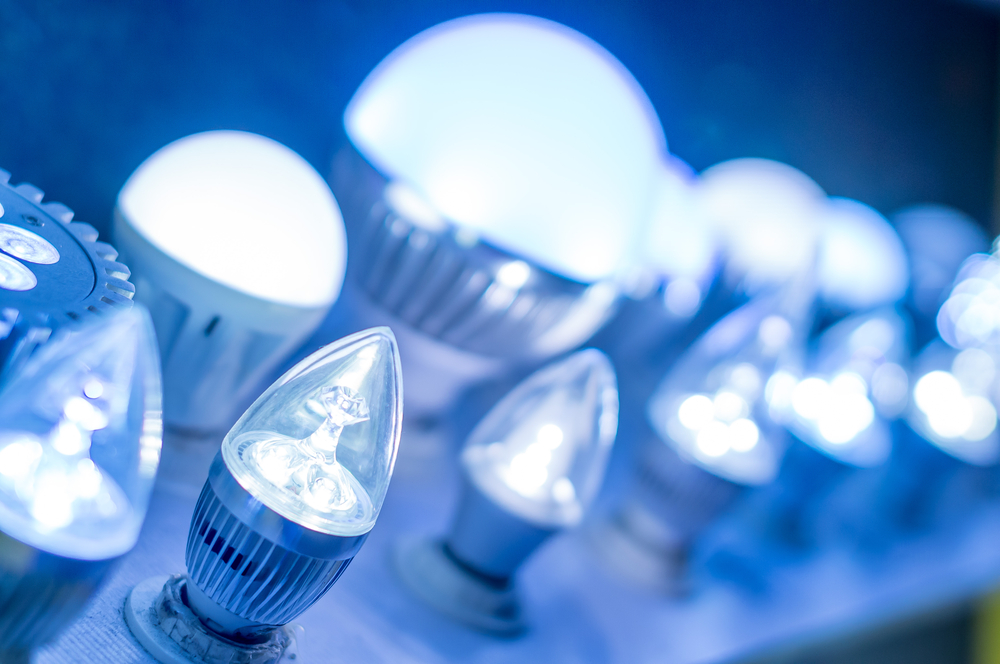FAQ: Energy Efficiency Appliance and Equipment Standards

FAQ: Energy Efficiency Appliance and Equipment Standards
Energy efficiency standards for appliances and other products are an incredibly effective tool for driving innovation, strengthening our economy, reducing harmful emissions, and – perhaps most importantly – saving consumers money. The cost savings for consumers are immediate, and lifetime savings outweigh incremental costs by a ratio of 4 to 1. In fact, even as the U.S. has significantly improved efficiency standards, actual retail prices for appliances have fallen when adjusted for inflation. Below are common questions about the impact of efficiency standards.
Do energy efficiency regulations increase or reduce consumer choices?
Energy efficiency standards help drive the innovation that creates greater consumer choices. Light bulbs are perhaps the most familiar example of how standards have stimulated innovation, resulting in more consumer options in wattage, color, warmth, and other factors. Anyone who has browsed the light bulb aisle at the hardware store lately knows that consumers can now choose between halogen incandescent bulbs, compact fluorescent lamps (CFLs), or light-emitting diodes (LEDs)—and save 25% to over 75% on utility bills.[1]

https://energy.gov/energysaver/how-energy-efficient-light-bulbs-compare-traditional-incandescents
Do efficiency standards have much of an impact in reducing emissions?
By setting an efficiency floor in the market, efficiency standards play a tremendous role in reducing harmful emissions. The most recent standard for commercial air conditioners and furnaces alone, for example, would avoid 815 million metric tons of carbon pollution over the life of the rule while creating net consumer savings of almost $50 billion. That’s the carbon emissions equivalent of not burning nearly 2 billion barrels of oil. Of all the options for reducing pollution, improving efficiency is the single most economic and effective choice.
Do low-income consumers benefit from efficiency standards?
Efficiency standards put more money in all consumers’ pockets by helping them use less energy and lower electricity bills. They ensure a minimum level of efficiency for low-income consumers and renters who often do not purchase their own appliances. That’s why leading low-income housing groups strongly support improved standards. The lifetime savings from new standards far outweigh the incremental upfront costs by a ratio of 4 to 1. A typical household saves about $320 per year as a result of current standards, and as people invest in newer, affordable models, they can expect to save nearly $460 annually by 2030. Further, actual retail prices have fallen. The inflation-adjusted retail price of refrigerators, for example, decreased by about 35% between 1987 and 2010, along with clothes washers (by 45%) and dishwashers (by 30%).
Do regulations hinder creativity and innovation in the market?
Take a look in your laundry room or kitchen and think about the explosion in appliance innovation recently. Clothes washers use less water and less energy today while featuring multiple cycle options for every kind of fabric with precise temperature settings and timers that suit every schedule. Today’s refrigerators have 20 percent more storage capacity on average and allow you to store food at precisely the desired temperature with more advanced storage and water filtration systems. That’s even as today’s refrigerators use 25 percent less energy than the typical 1973 model and cost half as much.
Do the benefits truly outweigh the costs of new standards?
Projections for appliance price increases resulting from new standards have consistently not come to pass. In fact, the actual price changes show that these projections were overestimated on average by a factor of 10. Since 2009, U.S. DOE has issued 40 new or updated appliance standards across more than 45 products. These standards alone will generate savings worth $447 billion. Add to this the enormous environmental and public health benefits of avoiding nearly 4.5 trillion kilowatt-hours of energy generated and the case for standards is clear.

Price and energy trends for clothes washers in the USA. “Achievements of appliance energy efficiency standards and labelling programs – A global assessment”. International Energy Agency, https://www.iea.org/publications/freepublications/publication/4E_S_L_Report_180915.pdf
How do efficiency standards affect competition in the marketplace?
Efficiency standards are supported by industry because manufacturers want a level playing field, clear rules, and protection from unscrupulous foreign competitors. National efficiency standards were authorized by Congress for specific reasons, including manufacturers’ desire to replace inconsistent state requirements. Innovation from companies, including many Alliance to Save Energy Associate Members, proves that there are boundless opportunities in the market, regardless of a company’s size. Because efficiency standards have driven innovation and expanded existing markets, it is estimated that they were responsible for the creation of 340,000 full-time equivalent jobs by 2010.
[1] “Lighting Choices to Save You Money,” U.S. DOE, https://energy.gov/energysaver/lighting-choices-save-you-money.
STAY EMPOWERED
Help the Alliance advocate for policies to use energy more efficiently – supporting job creation, reduced emissions, and lower costs. Contact your member of Congress.
Energy efficiency is smart, nonpartisan, and practical. So are we. Our strength comes from an unparalleled group of Alliance Associates working collaboratively under the Alliance umbrella to pave the way for energy efficiency gains.
The power of efficiency is in your hands. Supporting the Alliance means supporting a vision for using energy more productively to achieve economic growth, a cleaner environment, and greater energy security, affordability, and reliability.



